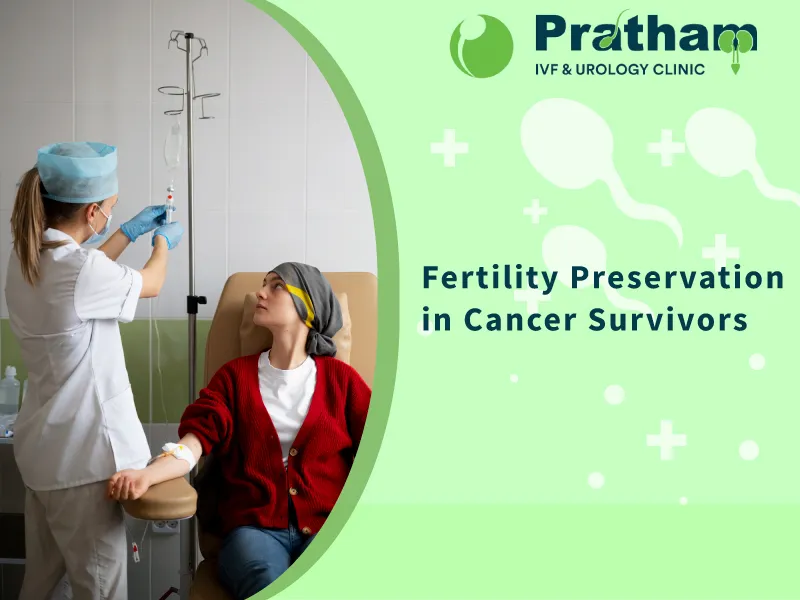
Preserving Fertility in Cancer Survivors: A Complete Guide
Cancer diagnosis often brings about a whirlwind of challenges, and for many, the impact on fertility can be a significant concern. However, advancements in medical science have offered a ray of hope through fertility preservation techniques, allowing cancer survivors to retain the possibility of starting a family post-treatment.
Understanding the Challenge
For individuals facing cancer treatment, therapies such as chemotherapy, radiation, or surgery can significantly affect reproductive health. These treatments may damage eggs, sperm, or reproductive organs, potentially causing infertility or complications in conceiving later in life.
Fertility Preservation Options
- Sperm Banking: For men, one of the most common and successful methods is sperm banking. Before starting cancer treatment, sperm can be collected and frozen for future use in assisted reproductive techniques.
- Egg Freezing: Women can opt for egg freezing, a process where eggs are retrieved, frozen, and stored for future use. This method allows women to preserve their fertility before undergoing treatments that might affect their reproductive system.
- Embryo Freezing: Another option, especially for couples, involves fertilizing eggs with sperm to create embryos. These embryos can be frozen and stored for later implantation.
- Ovarian Tissue Freezing: This experimental technique involves surgically removing and freezing ovarian tissue before cancer treatment. After treatment, the tissue can be transplanted back, potentially restoring fertility.
Importance of Counseling and Education
Navigating fertility preservation options can be overwhelming, especially when coupled with a cancer diagnosis. Hence, access to fertility specialists and counselors becomes crucial. Patients benefit from comprehensive discussions about available options, their success rates, and potential risks involved.
Breaking the Stigma
Despite advancements, there are challenges. Some face financial barriers or lack awareness about these fertility preservation methods. Additionally, cultural or personal beliefs might deter individuals from considering these options. Breaking the stigma surrounding fertility preservation and raising awareness about its accessibility and benefits is pivotal.
 Ahmedabad Top Rated IVF Center
Ahmedabad Top Rated IVF Center




